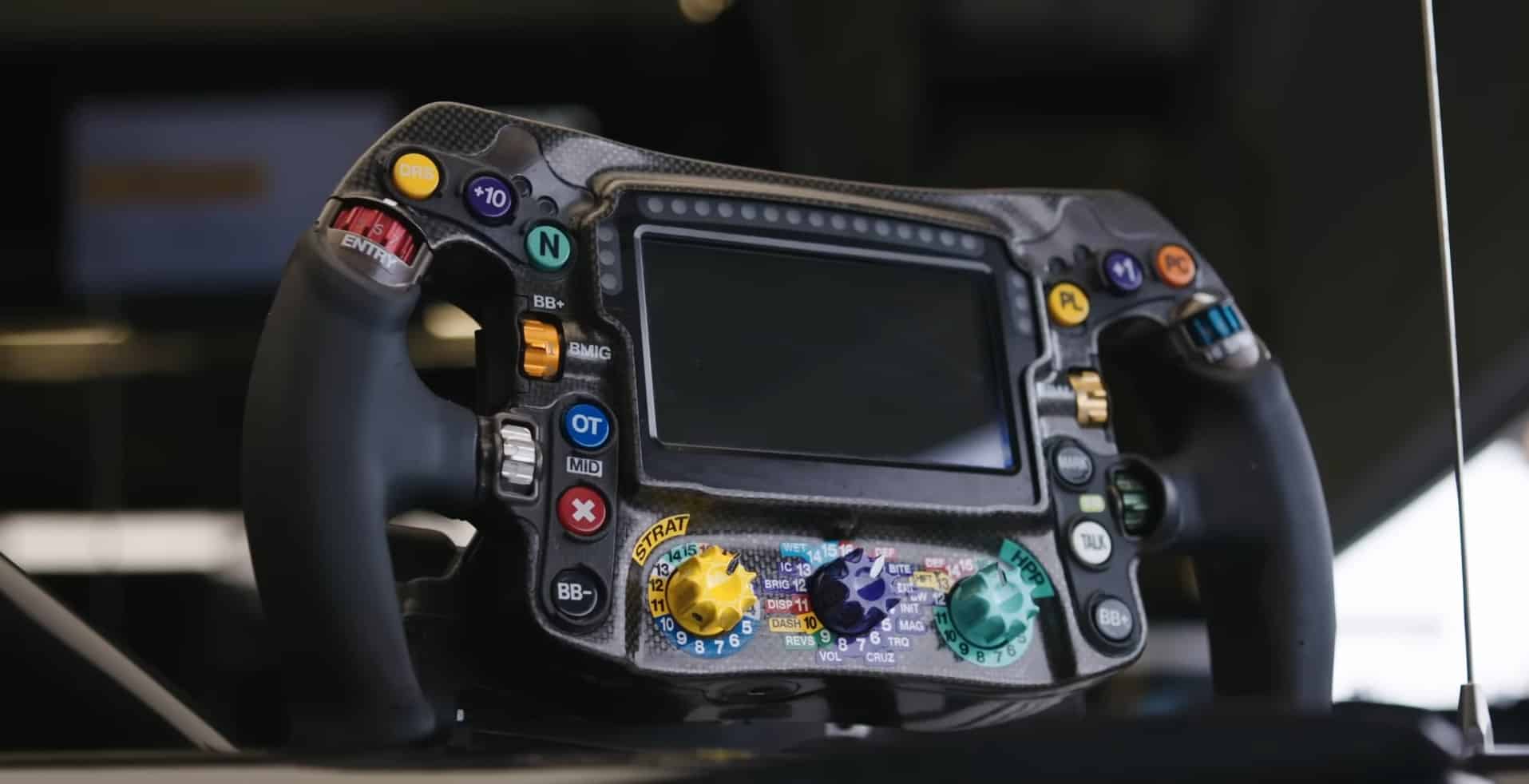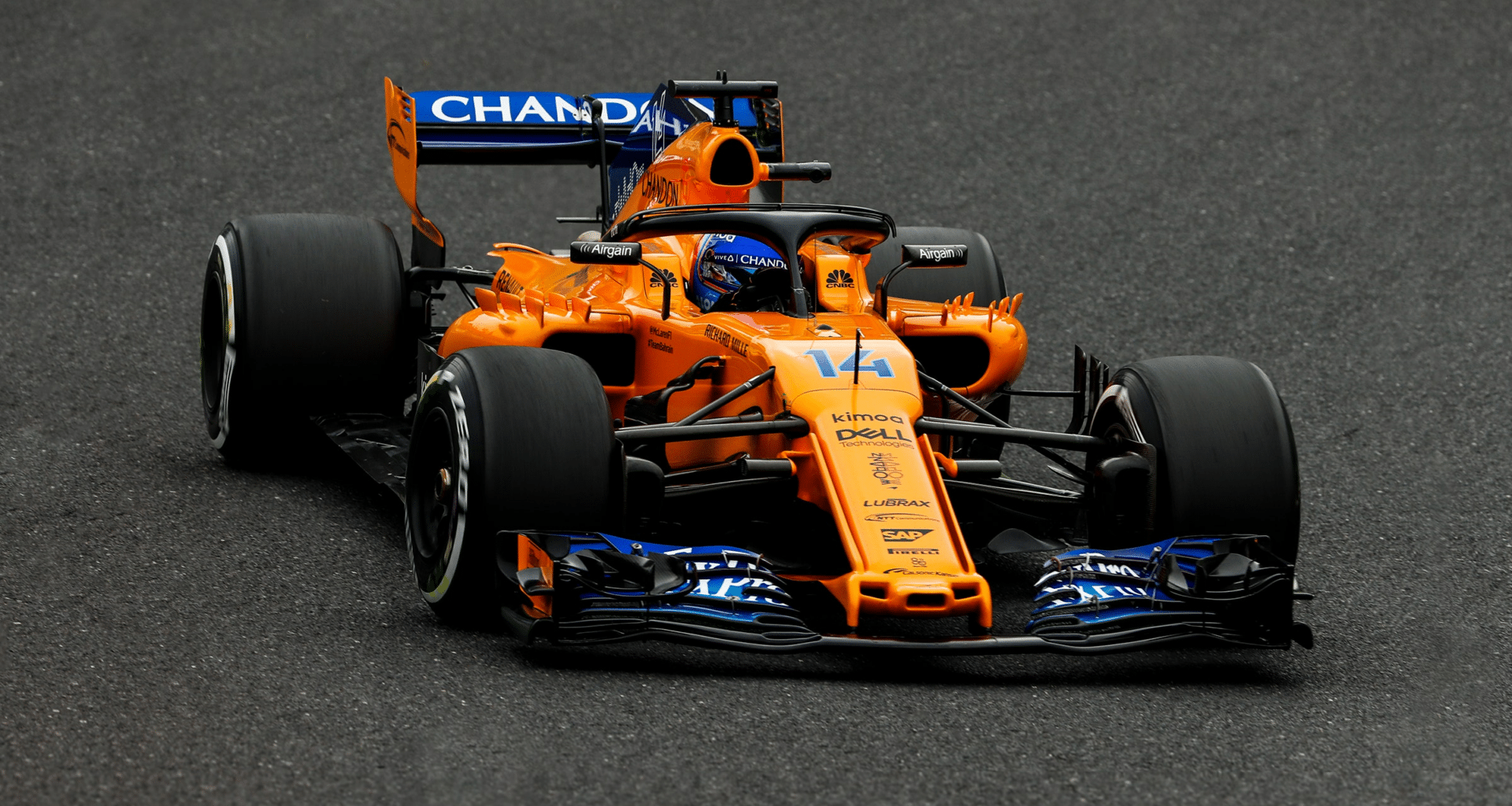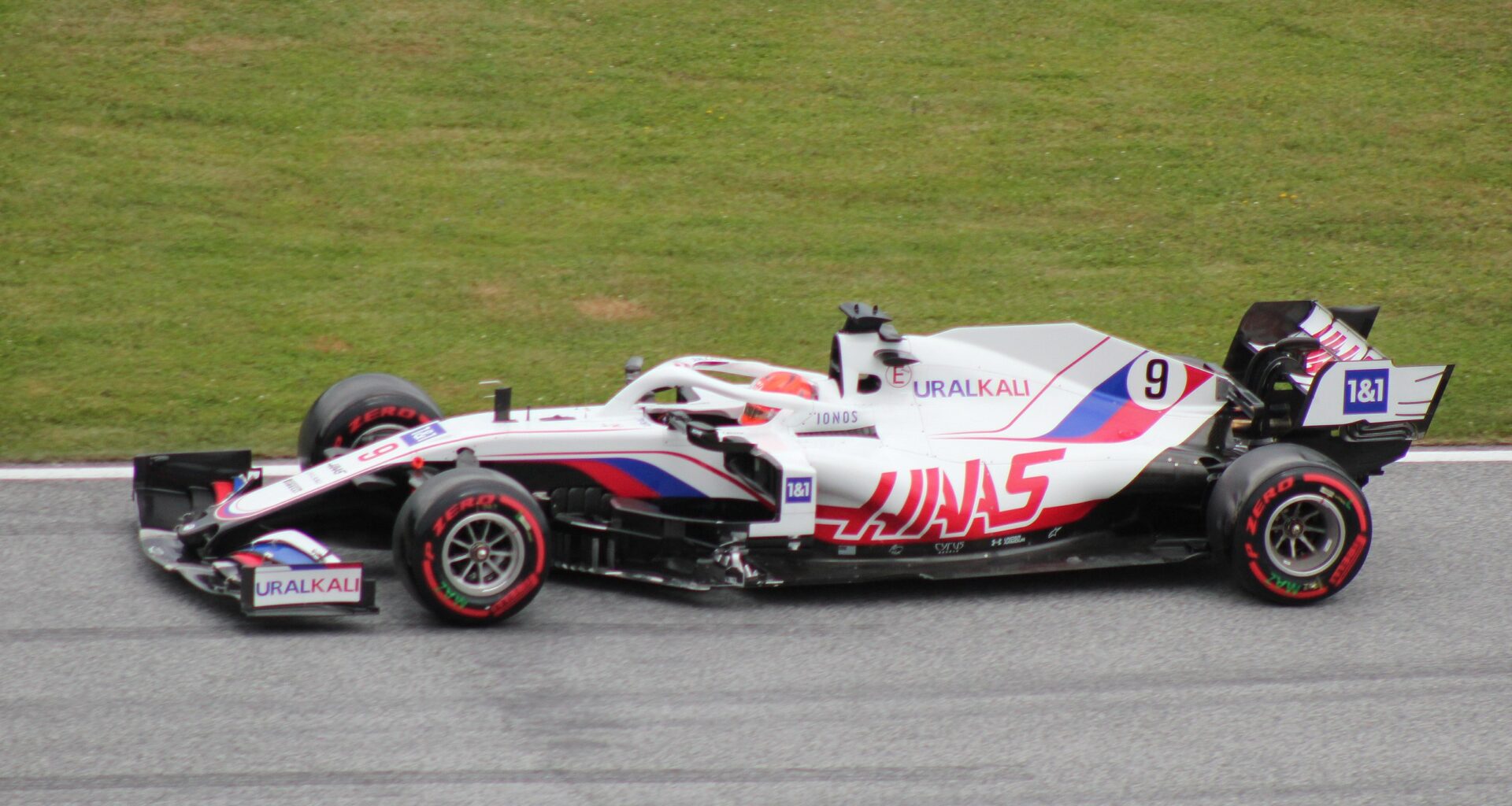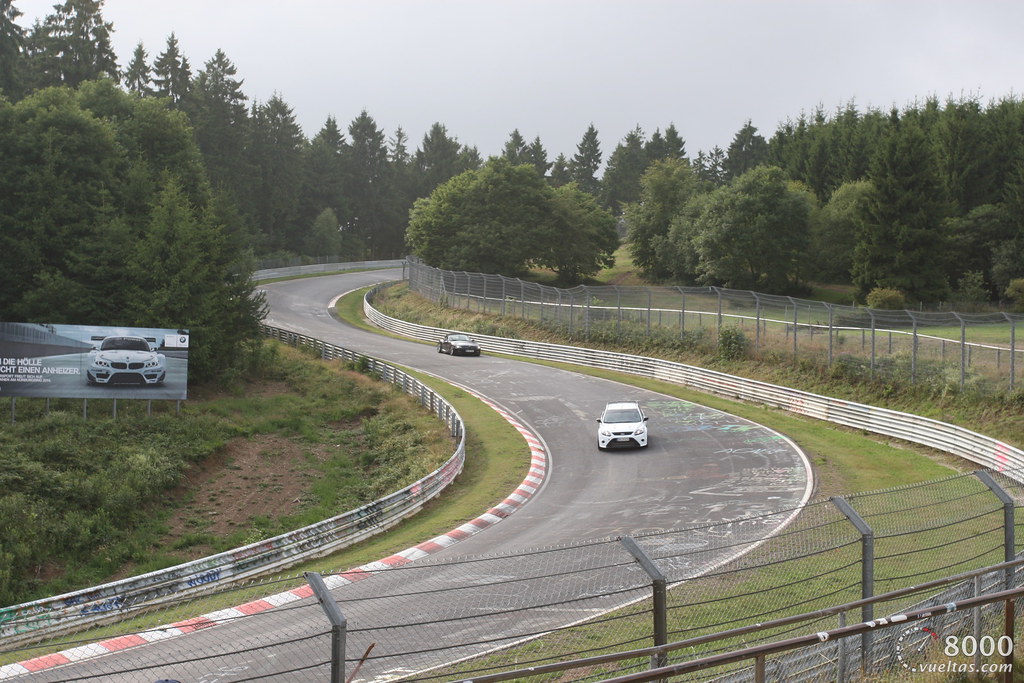The ultimate form of auto racing, Formula 1, delivers a special fusion of speed, technology, and pure driving prowess.
The steering wheel, a perfect fusion of form and function, is one of the most intricate parts of an F1 car.
Its abundance of buttons, knobs, paddles, and displays, which serve as the driver’s principal interface with the vehicle, is intended to aid the driver in maintaining maximum performance and control throughout a race.
Let’s explore the intriguing world of F1 steering wheels in further detail and learn what makes them unique.
Table of Contents
- 1 F1 Steering Wheel Evolution
- 1.1 Key Components and Features of an F1 Steering Wheel
- 1.2 Buttons and Dials
- 1.3 Paddles
- 1.4 Rotatory Switches
- 1.5 LED Display and Indicators
- 1.6 Functionality and Purpose of Various Buttons
- 1.7 Engine and Power Settings
- 1.8 Brake and Differential Adjustments
- 1.9 Energy Recovery and Fuel Management
- 1.10 DRS and Overtake
- 1.11 Pit Lane Communication and Strategy
- 1.12 Driver Comfort and Personalization
- 2 Driving Techniques and Steering Wheel Operation
- 3 FAQ about Formula 1 Steering Wheel
- 3.1 How many knobs switches and buttons does a formula one steering wheel have ?
- 3.2 What features on the steering wheel are used the most?
- 3.3 How many steering wheels does a motorist have?
- 3.4 How many buttons and switches does an F1 steering wheel have and what do they perform?
- 3.5 How much does an F1 Steering wheel cost?
- 3.6 Are the drivers engaged in the design process of a steering wheel?
- 3.7 What are the most critical buttons?
- 3.8 What is an F1 steering wheel made of?
- 3.9 How tough is it to engage with the different buttons when the automobile is going at full speed?
F1 Steering Wheel Evolution
Formula 1 steering wheels have gone through tremendous evolution over the decades. In the early years of the sport in the 1950s, the steering wheels were very simple – just basic circular wheels with no extra controls or buttons.
As electronics started being introduced into F1 cars in the 1960s and 1970s, some rudimentary buttons and switches were added to control basic functions. But these were still very minimal compared to modern wheels.
The first big innovation came in the 1980s with the introduction of paddle shifters behind the steering wheel. This allowed drivers to change gears semi-automatically while keeping both hands on the wheel at all times. With the paddles, quick seamless gear changes became possible.
More electronics like engine maps, radio communications, pit lane speed limiters etc. also started being incorporated into the steering wheels in the 80s. This added more controls but still maintained a circular wheel shape.
The 1990s saw an explosion in the complexity of F1 steering wheels. As the cars became more reliant on electronics to control different systems, the wheels needed more buttons, switches and dials to give drivers access. Wheels from this era started having several dozen buttons and rotaries to control engine, transmission, brakes, fuel systems and more.
It was also in the 90s that the familiar rectangular and squared-off shape started becoming popular. This allowed more space for controls and made the wheel better suited for housing electronics. Customization for individual drivers also became common in this period.
Modern F1 steering wheels are highly advanced pieces of cutting edge racing technology. Today’s wheels have over 25 buttons, switches, dials, paddles, screens and lights. The exact number and types of controls differs from team to team and driver to driver.
The highly complex steering wheels allow drivers to precisely adjust and activate different systems while racing at over 200mph. Settings for engine maps, hybrid deployment, brake bias, differentials and DRS can be changed almost instantaneously with a few button presses or dial twists. Modern wheels are customized and optimized for each driver’s needs and preferences.
Key Components and Features of an F1 Steering Wheel
With a variety of parts and features intended to offer drivers total control over their racing vehicle, today’s Formula 1 steering wheels are technological marvels.
Buttons and Dials
On an F1 steering wheel, dials and buttons are used to control everything from radio communications to engine settings.
These specially designed controls enable drivers to make changes in real time as they race around the circuit at high speeds.
Paddles
Paddle shifters are used in F1 cars to manage the clutch and change gears.
Drivers can swiftly and effectively shift up or down by placing their hands behind the steering wheel without taking their hands off the wheel.
Rotatory Switches
Additional functionality is offered through rotary switches, such as the ability to change fuel map modes, differential settings, or brake balance.
These enable even greater levels of automobile customisation, allowing drivers to precisely adjust the performance of their car to fit particular track circumstances or racing plans.
LED Display and Indicators
An F1 driver can access vital information via the LED display on the steering wheel, including lap times, gear position, and even potential car trouble signals.
Additionally, indicator lights alert drivers when the Drag Reduction System (DRS) is accessible, when they have reached optimal shifting locations, or when they have met fuel-saving goals.
Functionality and Purpose of Various Buttons
There is a purpose for each button and dial on an F1 steering wheel.
Let’s examine some of these buttons’ most widely used purposes:
Engine and Power Settings
Drivers can adjust settings such as the engine mode, hybrid power deployment strategy, and even the car’s energy recovery systems on the go thanks to rotary switches and buttons dedicated to engine and power unit management.
While racing, these changes help to enhance performance, fuel effectiveness, and engine dependability.
Brake and Differential Adjustments
The performance and handling of an F1 car depend heavily on the balance of the brakes and the differential settings.
By using specific buttons and knobs, drivers can modify these parameters in real-time to find the ideal balance between cornering grip and tire wear.
Energy Recovery and Fuel Management
Managing energy recovery systems and fuel economy is essential for success in modern Formula 1 racing.
The amount of energy harvesting and deployment, as well as managing fuel economy by modifying engine mapping and power levels, are all controlled by buttons on the steering wheel.
DRS and Overtake
The DRS button activates the car’s drag reduction system, providing a temporary straight-line speed boost to aid in overtaking.
Meanwhile, the overtake button provides an additional short-term power boost from the hybrid system, giving drivers a little extra help when trying to pass rivals on the track.
Pit Lane Communication and Strategy
Pit lane communication and strategy are crucial aspects of Formula 1 racing.
Drivers use dedicated buttons on their steering wheel to communicate with their team, confirm pit stop plans, initiate pit speed limiters, and even mark specific points in telemetry data for post-race analysis.
Driver Comfort and Personalization
Formula 1 drivers also have access to buttons and controls dedicated to their personal comfort and preferences.
These include the ability to adjust their seat position, activate the drinks system for hydration, or adjust steering wheel display brightness, ensuring they remain comfortable and focused throughout a race.
Driving Techniques and Steering Wheel Operation
Piloting an F1 car at over 200mph while making rapid-fire adjustments using the steering wheel buttons and rotaries requires immense skill.
Top drivers like Hamilton and Verstappen make dozens of optimized changes per lap – tweaking power modes, brake bias, differentials and ERS at each corner entry, apex and exit.
Hundreds of hours of training in advanced simulators helps drivers build muscle memory and instinctive control over the various buttons.
Grips are also molded to each driver’s hand shape for easier operation. The fingers learn exactly which buttons or rotaries need to be activated through practice and repetition.
Buttons require an actuation force up to 40 newtons due to their sturdy design. Paddle shifts need to be timely, within fractions of a second. Rotaries need to be turned accurately but rapidly to dial in the optimal settings under intense cornering forces.
This nuanced feel for optimally operating the steering wheel controls while extracting maximum performance from the car is what separates the top F1 drivers.
FAQ about Formula 1 Steering Wheel
According to multiple sources, a modern Formula One steering wheel typically has around 25 buttons and switches, as well as the clutch and shift paddles.
These buttons and switches can be used to control various aspects of the car, such as brake balance, engine braking, and differential settings.
The steering wheel is also made up of several hundred individual parts, including materials such as carbon fiber, fiberglass, silicon, titanium, and copper.
What features on the steering wheel are used the most?
The most common functions of the steering wheel are by far the actual steering itself as well as gear changes. On an average lap in Melbourne, for example, the driver will use the shift paddles roughly 50 times. 15 shift indicator LEDs situated above the primary display allow him to discover the ideal shift point.
- Gear shift paddles
- Steering for changing direction
- Brake balance rotaries for adjusting bias corner to corner
- Engine map buttons for power modes
- DRS and overtake buttons for passing
In addition to steering and shifting, an F1 driver will make a variety of tweaks to the brake balance, fine-tuning the car to varied corner characteristics.
How many steering wheels does a motorist have?
Each Formula 1 driver typically has 3-4 personalized steering wheel units allocated to them per season. These wheels are rotated for use across practice sessions, qualifying and race day.
Our 2019 steering wheel contains a total of 25 buttons and switches plus, of course, the clutch and the shift paddles. Five of those buttons and switches change the brake settings of the car: the driver can shift the brake balance from the front to the rear or vice versa, to optimise the brake balance for an individual corner, change the amount of engine braking or adjust the brake migration, which is a dynamic change of the brake balance depending on how hard the driver brakes.
Another three controls regulate the differential – the amount of torque transmission between the rear wheels – during the entry, the apex and the exit of a corner. The rest of the buttons and switches serve a range of various uses, from adjusting the settings of the Power Unit to changing the data that is displayed on the screen, activating the radio or the pit lane speed limiter.
The Drag Reduction System (DRS), which will have an even stronger effect in 2019 due to the wider rear wings, can also be triggered at the stroke of a button.
How much does an F1 Steering wheel cost?
Lewis Hamilton’s F1 steering wheel is modified by him. The steering wheel is fashioned out of pricey carbon fibre, silicon, titanium and copper to save weight. Thus the cost of a steering wheel is estimated at roughly $100,000.
Hamilton had earlier claimed that he had created the contemporary steering wheel. When he signed with McLaren in 2007, Lewis modified the look of the wheel into something which resembles the contemporary iteration of the device.
He updated it again when he moved to Mercedes in 2013. Hamilton argued that all the drivers copied his steering design and that he should have patented it instead.
However, the truth has been debunked. While Hamilton did redesign it, such flat-bottom steering wheels have existed since the late 90s.
Are the drivers engaged in the design process of a steering wheel?
Yes, in fact they’re fairly substantially involved in the design process because the wheels are custom-built to their unique demands. Both the ergonomics of the wheel, and the actual arrangement of the form and the grips are adapted to their hands, and the manner they want to engage with the steering wheel.
Those modifications are not merely done at the beginning of the season. The steering wheel design is a continual process.
During the season, drivers could ask for changes to the grips and the configuration of the buttons and switches – based on the unique demands of the driver and the track layout.
The importance of the button depends on the situation. If, for example, a driver can’t hear his race engineer longer, the volume adjustment of the radio suddenly becomes quite critical. If you were to ask a driver which button he believes is the most essential, he’d probably choose the “Strat” switch as it has a major impact on the performance of the car.
It regulates the Power Unit modes and will effect both the performance of the internal combustion engine as well as the deployment of electrical energy of the MGU-K and change the recovery of energy of both MGU-K and MGU-H.
Since there are various mileage allocations for each strategy mode to balance performance and reliability, the driver will usually be advised by his race engineer which “strat mode” he should utilize at a given time.
What is an F1 steering wheel made of?
There are a lot of materials utilized in a steering wheel, but the primary ones include carbon fibre, fibreglass, silicon, titanium and copper.
- Carbon fiber composite – provides strength and low weight
- Aluminum and magnesium alloys – more durable metals
- Rubber and silicone – for molded grips
- Titanium – high performance metal components
Those five components are the key ingredients of the many hundred separate parts that constitute the bigger components inside an F1 steering wheel. The majority of those components – the circuitry, the circuit boards, the carbon casing, the quick release, the electrical connectors and the steering itself – are made in-house in our plant in Brackley.
Only two components, the central display and the underlying circuit board, are not made in Brackley as they are common elements shared by all teams.
Very challenging. A Formula One car is not only highly fast, but also vulnerable to significant vibrations, particularly at courses with a rather bumpy surface.
The fact that the drivers wear gloves and that the buttons are rather small, doesn’t make the using the wheel any easier. But there are a lot of features that make manipulating the various buttons and switches a little easier.
To limit the chance of mistakenly touching the wrong button, the team uses buttons that are also used on flights.
These high-reliability buttons are not only built to resist a high number of actuation, they also require a strong tactile force and give the driver a sold click feedback when he presses them. The crew has also fitted thin plastic rims around key buttons to decrease the danger of pressing a button on accident.
The configuration of those rims can change on a race-by-race basis. They are particularly vital for tight turns like the hairpin in Monaco when the drivers use the maximum steering angle.
Additionally, the crew constantly has a careful eye over the data and can alert the driver instantly should he mistakenly choose a bad option.






